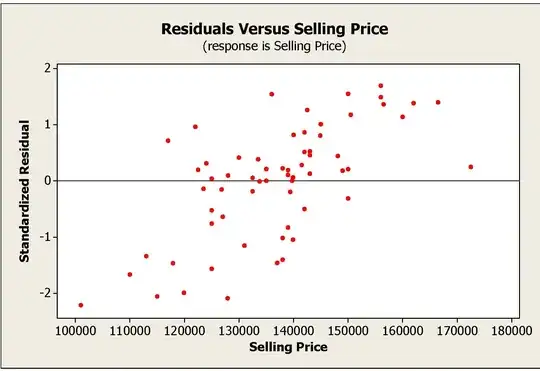I am a beginner and I am trying to understand what an autocorrelation graph shows.
I have read several explanations from different sources such as this page or the related Wikipedia page among others that I am not citing here.
I have this very simple code, where I have dates in my index for a year and values are simply incrementing from 0 to 365 for each index.. (1984-01-01:0, 1984-01-02:1 ... 1984-12-31:365)
import numpy as np
import pandas as pd
from pandas.plotting import autocorrelation_plot
import matplotlib.pyplot as plt
dr = pd.date_range(start='1984-01-01', end='1984-12-31')
df = pd.DataFrame(np.arange(len(dr)), index=dr, columns=["Values"])
autocorrelation_plot(df)
plt.show()
where the printed graph will be
I can understand and see why the graph starts from 1.00 since:
Autocorrelation with lag zero always equal 1, because this represents the autocorrelation between each term and itself. Value and value with lag zero will always will be the same.
This is nice, but why is this graph at lag 50 has a value around 0.65 for example? And why does it drop below 0? If I had not shown the code I have, would it be possible to deduce that this autocorrelation graph shows a time series of an increasing values? If so, can you try to explain it to a beginner how you can deduce it?
